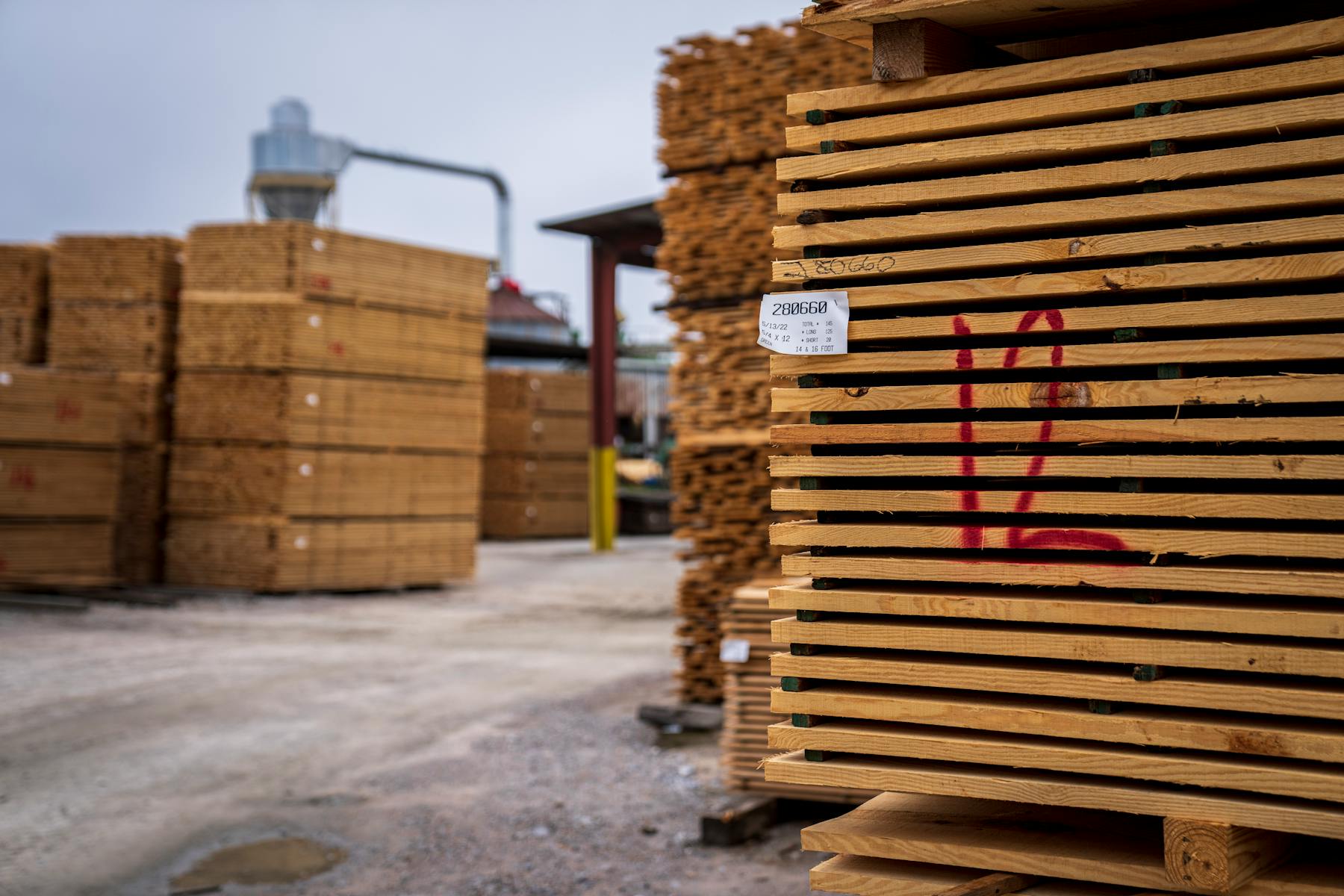Sustainable Building Materials
When it comes to building or renovating your home, choosing sustainable building materials can have a significant impact on the environment and your overall well-being. These materials are not only eco-friendly but often more durable and healthier for you and your family. Let’s explore some popular sustainable building materials that you can incorporate into your next home project.
1. **Bamboo**: Known for its rapid growth and renewability, bamboo is a popular choice for flooring, furniture, and even structural elements. It’s strong, lightweight, and adds a touch of natural beauty to your home. Bamboo is a great alternative to traditional hardwoods that take years to mature.
2. **Recycled Steel**: Using recycled steel in construction can reduce carbon emissions and energy consumption significantly. Steel is durable, fire-resistant, and recyclable, making it an excellent choice for framing, roofing, and other structural components.
3. **Cork**: Harvested from the bark of cork oak trees, cork is a versatile and sustainable material. It’s often used for flooring, wall tiles, and insulation. Cork is a natural thermal and acoustic insulator, making it a great choice for maintaining temperature and reducing noise in your home.
4. **Recycled Glass**: Glass can be recycled multiple times without losing its quality, making it a sustainable option for countertops, tiles, and decorative elements. By using recycled glass, you not only reduce waste but also add a unique and colorful touch to your living spaces.
5. **Reclaimed Wood**: Salvaged from old buildings, barns, or industrial structures, reclaimed wood adds character and history to your home. From flooring to accent walls, using reclaimed wood helps reduce the demand for new timber and prevents wood from ending up in landfills.
6. **Rammed Earth**: A technique that involves compressing natural materials such as clay, sand, gravel, and water, rammed earth walls provide excellent thermal mass and insulation properties. This sustainable building method is not only energy-efficient but also aesthetically pleasing, creating a warm and earthy atmosphere in your home.
7. **Straw Bales**: Straw bales are often used as insulation in walls, providing high energy efficiency and soundproofing. When properly sealed and plastered, straw bale walls can offer superior insulation compared to traditional materials, reducing your energy bills and environmental impact.
8. **Natural Plasters**: Instead of synthetic paints and finishes, opting for natural plasters made from clay, lime, or earthen materials can improve indoor air quality and reduce VOC emissions. These breathable plasters also regulate humidity levels and create a healthier living environment.
By incorporating these sustainable building materials into your home projects, you can not only reduce your ecological footprint but also create a healthier and more comfortable living space for you and your family. Before starting your next construction or renovation project, consider the environmental impact of the materials you choose and opt for sustainable options that align with your values and goals.
Photo by Unsplash

